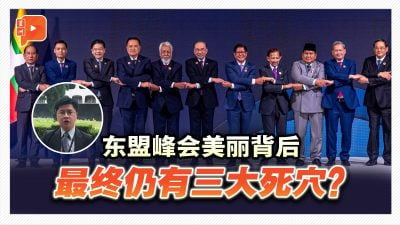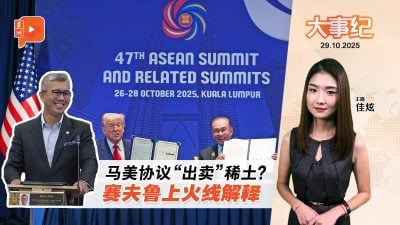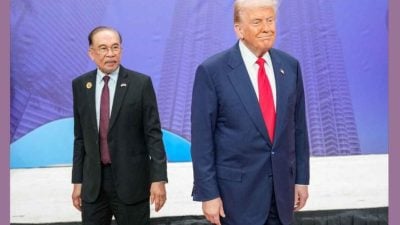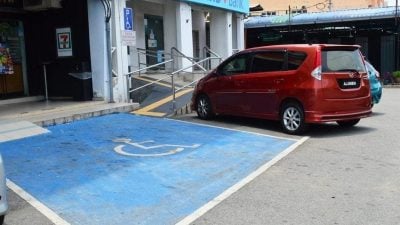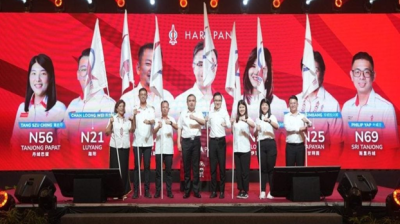
The issue of Timor-Leste joining ASEAN has become the highlight during ASEAN Summit and Foreign Ministers’ meeting this year.
During a recent visit to Malaysia, Timor-Leste President and Nobel Peace Prize laureate José Ramos-Horta reaffirmed his confidence that the country will officially become an ASEAN member in October this year.
He is also optimistic that Timor-Leste will achieve significant economic growth in the next two to three years.
However, Horta also noted that intra-ASEAN trade is facing stagnation and even signs of decline.

Fewer ASEAN companies venture abroad compared to China
For years, Timor-Leste has only participated in ASEAN affairs as an observer.
But due to its geographic location in Southeast Asia and its historical ties with Indonesia, Timor-Leste has long been deeply engaged in the region’s economic, political, and diplomatic matters.
“Seventy percent of Timor-Leste’s goods come from Indonesia, while China is the second-largest trading partner. And trade volume with China is rapidly catching up with Indonesia.”
In a media interview at Taylor’s University on June 19, Horta pointed out that Indonesia is currently Timor-Leste’s largest trading partner.
In 2024, bilateral trade between the two countries reached US$390 million, marking a 12.31 percent year-on-year increase.
According to the Ministry of Foreign Affairs of China, Timor-Leste’s bilateral trade with China in 2023 was about US$340 million.
China maintained a large trade surplus, exporting goods such as mechanical and electrical components, cement, steel products, ceramics, textiles, and furniture.
Why are the main trading partners of Timur-Leste not its neighboring ASEAN countries, but rather a distant one like China?
Horta candidly said, “This is largely due to the lack of genuine entrepreneurial spirit among ASEAN countries. Few ASEAN businesses venture abroad to invest.”
In contrast, he sees China as a global investor and trader, whereas ASEAN countries still have room for improvement in this area.
“The private sectors in ASEAN have yet to develop the courage, vision, and entrepreneurial drive.”
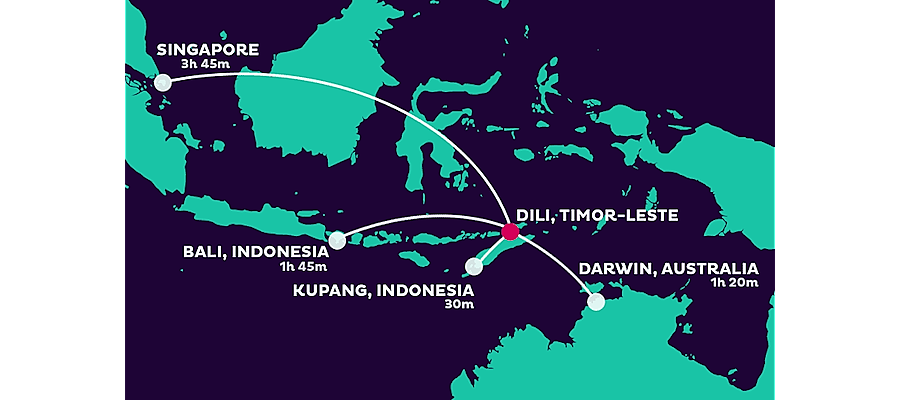
High dependency on ASEAN market
That said, when viewed collectively, Timor-Leste’s trade does rely heavily on the ASEAN market.
From 2004 to 2022, about 60.2 percent of its imports came from ASEAN countries, mainly Indonesia, Singapore, Vietnam, Malaysia, and Thailand.
As for non-oil exports like coffee, they are mainly sold to non-ASEAN markets, with only small quantities exported to Indonesia and Malaysia.
Intra-ASEAN trade stagnant
Intra-ASEAN trade has been stagnant for nearly the past 20 years. Non-tariff barriers—such as export restrictions—are seen as a major obstacle.
According to ASEAN secretariat data, from 2003 to 2023, total goods trade between ASEAN and its internal and external partners grew significantly.
However, intra-ASEAN trade accounted for only about 22 percent to 25 percent of total trade—far lower than external trade.
Now, with ASEAN nations signing the “2045 ASEAN: Our shared future” Kuala Lumpur Declaration, Horta hopes to witness a more integrated ASEAN economy over the next 20 years.

Promoting regional free flow of resources
“This includes enabling the free flow of capital, people, and knowledge among our 700 million population.
“This will strengthen regional cohesion, and all countries will benefit—including Timor-Leste, which is geographically on the edge of the region.”
Timor-Leste’s primary source of revenue is oil and gas, which accounts for 89 percent of national income.
The economy is mainly agriculture-based, with 66 percent of households engaged in farming.
Timor-Leste saved the world’s coffee trees
Timor-Leste relies on organic coffee exports—one of its most important agricultural products.
When traveling abroad, Horta often brings locally grown coffee as a gift, proudly introducing it as a 100 percent organic Arabica bean from Timor-Leste.
He said coffee cultivation in the country has a history of more than 150 years.
In the 1920s, a global outbreak of coffee leaf rust devastated coffee plantations across Latin America, Africa, and the Caribbean, killing many trees.
“Fortunately, some coffee trees in Timor-Leste survived. Portuguese scientists came to study them and used them to develop new Timor-Leste coffee varieties, which were later planted in Brazil, Colombia, and Panama.
“So, in a way, Timor-Leste saved the world’s coffee trees,” he said.

Close ties with China, but not reliant
Horta emphasized that Timor-Leste maintains close and friendly relations with China.
During his state visit to Beijing in July last year, he met with President Xi Jinping and other Chinese leaders, hoping China could help address Timor-Leste’s long-standing poverty issues.
“China has successfully lifted 1.4 billion people out of poverty. With only 1.4 million people, I believe Timor-Leste can achieve the same with China’s support.”
He added that China provides technical assistance in agriculture to boost productivity and improve food security.
For example, agricultural output per hectare has increased from 3 tons to more than 60 tons with China’s help.
Nevertheless, Horta stressed that Timor-Leste is not solely dependent on China.
He noted that Japan has also provided substantial support in the agricultural sector, and he is scheduled to meet Vietnam’s Prime Minister soon to discuss cooperation in this area.
He also hopes that assistance from ASEAN member countries can help raise agricultural productivity and eliminate extreme poverty in Timor-Leste.

ADVERTISEMENT
ADVERTISEMENT









